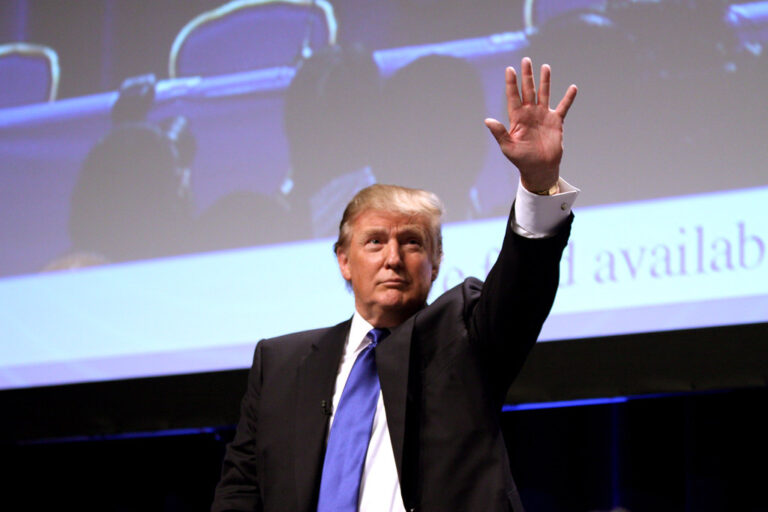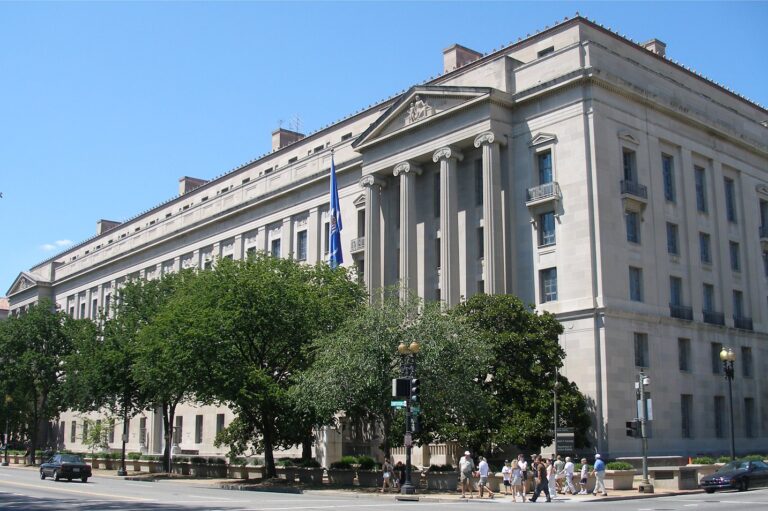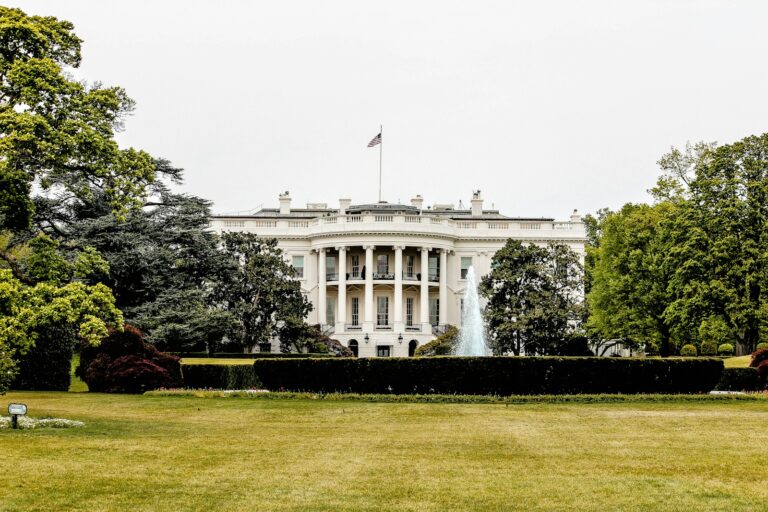Key Takeaways
– New phone rules force people to visit offices or use the internet
– Older and low income people face longer waits and more trips
– Administration claims fraud yet data shows tiny fraud rates
– Some lawmakers demand data and push back hard
– You can speak up now and help protect earned benefits
Introduction
The Social Security Administration now limits simple phone tasks. As a result, people must go online or visit a field office. This change starts a new hurdle for seniors and disabled citizens. In this article, you will learn what is happening and how you can help.
New Phone Rules Explained
First, the Administration said you cannot change an address by phone. Next, you cannot check benefit status on the phone. Previously, these tasks were quick calls. Now, you must prove your identity online or go to a local office. This next step can take hours or days.
Why the Change Matters
For many people, traveling to an office means extra cost. They may need rides or public transport. In addition, they may wait in long lines once there. Therefore, the simple steps now take much longer. Moreover, people may give up or miss deadlines.
Who Faces the Biggest Struggles
Older adults often lack internet skills. Disabled people may find travel too hard. Low income families might not own reliable devices. As a result, these groups suffer most. Meanwhile, field offices already serve millions each year. Now they face more visitors and fewer staff.
Staff Cuts and Office Burdens
Last year, local offices helped nearly thirty two million visitors. However, proposed staff cuts will leave fewer workers. Offices may face longer processing times and delayed answers. Consequently, people will wait longer for benefits they already earned.
Claims of Fraud Used as Justification
The Administration says these rules fight fraud. Yet data shows fraud harms Social Security at a tiny rate. In fact less than one penny per hundred dollars goes to fraud. Meanwhile, private companies accept far larger fraud rates without such barriers.
Lawmakers Step Up to Challenge the Rules
Some lawmakers spoke out quickly. For example a senator asked for call data by a mid August deadline. She wants to know how many calls an AI tool drops. She also wants to see call stats for human representatives. This demand may force a delay or rollback.
Lack of Transparency Raises Concerns
The Administration did not seek advice from lawmakers or advocates. Instead, they added the rule in a small technical notice online. Many people did not notice until August. This tactic frustrates both experts and citizens.
Why Advocacy Groups Are Alarmed
Advocacy groups say these moves force more in person trips. They fear veterans and bereaved families will struggle most. Also they know many offices already face backlogs and delays. Thus, they warn the public to act now.
How You Can Take Action
First call your member of Congress to voice your concern. Next share this issue with friends and family. Also write an email to your local newspaper. Community pressure may force officials to reverse these rules. Finally, you can join online petitions or local meetings.
Turning Anger Into Results
People power can change policy. When citizens speak, officials listen more closely. Public pressure once stopped a similar rule earlier this year. If enough people act again, the Administration may back off once more.
The Role of Technology and Access
While some benefit from online tools, others lack access. Rural areas often have poor internet service. Seniors may lack devices or skills. Therefore forcing online ID checks creates new barriers. A balanced policy would keep both phone and in person options.
Potential Solutions Proposed by Experts
Advocates suggest simple fixes. They want to restore basic phone services. Also they propose more staff for busy offices. In addition they call for clear outreach emails to all beneficiaries. These steps cost little yet improve service greatly.
Looking Ahead
These phone rules will take effect soon unless stopped. If they become final, people will travel more and wait longer. Yet public outcry could pause implementation. Lawmakers and advocates stand ready to fight.
Conclusion
Social Security is a promise workers earned over decades. We must not let simple phone tasks become new barriers. Now is the time to speak up and protect our benefits. Every voice counts. By acting now you help secure Social Security for today and tomorrow.










